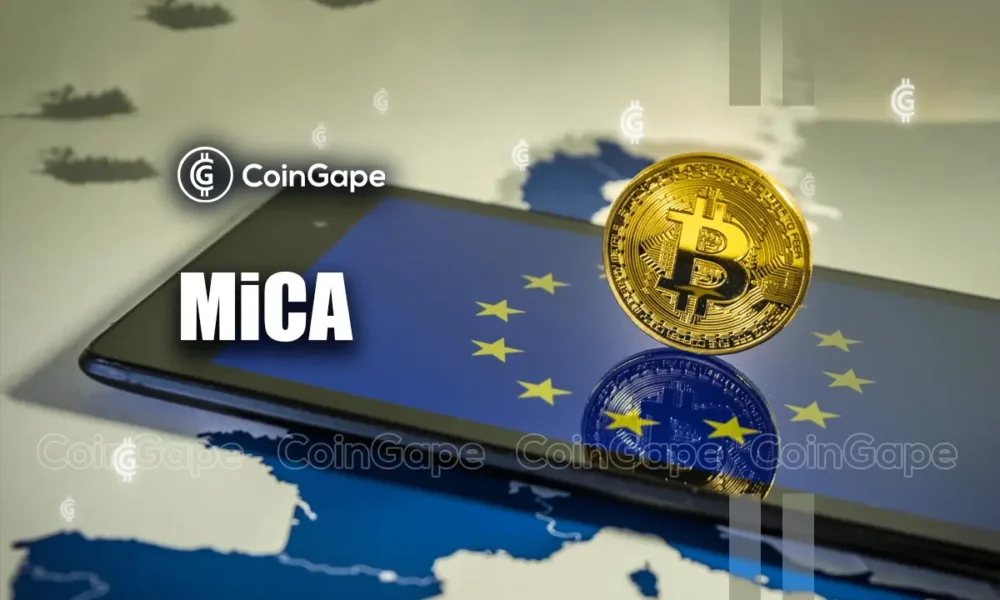Regulation
Circle Exec Reveals How This European Law Will Impact the Cryptocurrency Market

The European Markets in Crypto Assets (MiCA) regulation has recently gained traction, with several market observers predicting that it will revolutionize the crypto landscape. At the recent EthCC event, Circle’s Head of Policy Patrick Hensen highlighted the transformative impact that MiCA could have on the industry. From the surge of EUR stablecoins to major market consolidation, Hensen’s insights paint a dynamic future for crypto in Europe.
Potential impact of MiCA regulation on EU crypto landscape
Patrick Hensen A recent presentation at EthCC highlighted several key predictions and the potential impact of MiCA regulation on the EU crypto space. It expects EUR stablecoins to experience significant growth, potentially increasing their market cap by five times and surpassing €1 billion in the next one to two years.
This increase underlines the growing trust and dependence on stable coins
in the European cryptocurrency market. Furthermore, Hensen predicts that USDC will become the dominant stablecoin in the EU crypto capital markets.
At the same time, this development will be aided by the robust regulatory framework provided by MiCA, which will enhance investor confidence. He anticipates the emergence of three to four leading trading platforms. These platforms will consolidate the market, reduce fragmentation and create a more streamlined trading environment.
In addition, market consolidation is expected to lead to increased mergers and acquisitions. Smaller players may struggle to compete, he said, leading them to exit the market. However, this consolidation is expected to foster a more efficient and reliable market structure that will benefit both investors and institutions.
Read also : Kamala Harris hits back at Trump with $50 million campaign ad
Bank involvement and growth of the tokenized market
Another significant impact of the MiCA regulation, as Hensen points out, is the increased involvement of banks and financial institutions. cryptocurrency regulation simplified notification process, these entities can easily enter the crypto space.
This will lead to the development of cryptocurrency services and stablecoins on a larger scale. Traditional financial institutions entering the cryptocurrency The market will bring increased liquidity and confidence.
In addition, Hensen plans Decentralized Finance (DeFi) and token projects seeking refuge in the EU. With stricter enforcement in other regions, the EU’s welcoming regulatory environment could attract these projects. This could position the EU as a global hub for innovative crypto and DeFi initiatives.
In the meantime, Hensen predicts the emergence of fully regulated trading platforms for tokenized capital markets over the next year. These platforms will facilitate the settlement of tokenized stocks with electronic currency tokens, such as stablecoins. This development will mark a significant step forward in the integration of traditional financial markets with the crypto ecosystem.
Read also : Binance Integrates Web3 Wallet BNB Assets into Launchpool Rewards
